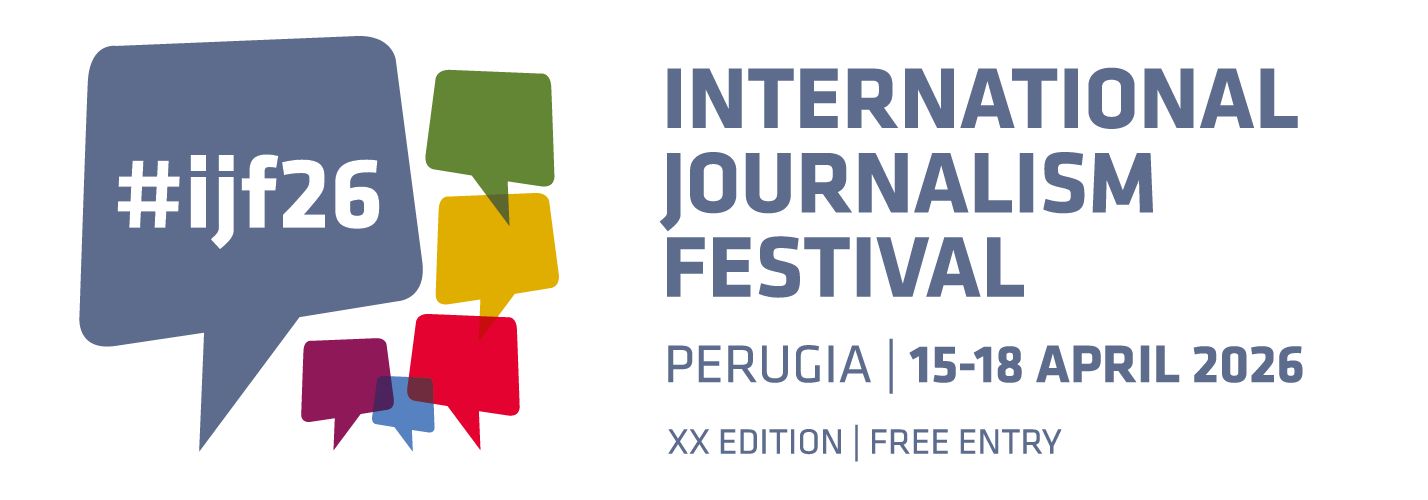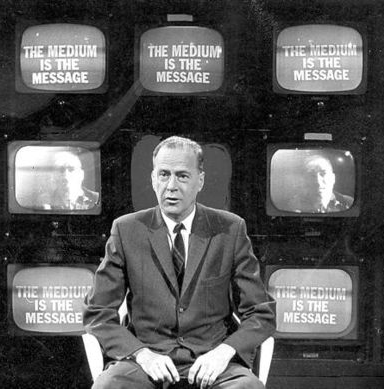by Federico Badaloni – Article first published here and reproduced with the kind permission of the author.

“In today’s cross-channel ecologies, information is the medium.
The more we structure, the better we understand”
Peter Morville*, Intertwingled, information changes everything, 2014
“Information is the medium”
In the digital era, technology no longer shapes the structure of communication. The structural characteristics are part of communication initself. Information has freed itself from the media in which it was forced to “happen”. Information is “born digital” and then it takes different appearances depending on the different spaces and times of use of our devices.
When information is born digital, its medium is made by information-over-information, i.e. information that describe the various elements in which the information is made of: what is the title, where it begins and where it ends; what is the summary; what is the text; who is the author of the information; when it was produced; when it was modified for the last time; the information which it relates to, etcetera, etcetera, etcetera. These blocks are the information’s “structure”.
Goodbye McLuhan
The medium is no longer the message. The message comes with its own wings, it no longer needs other means to fly. Having control of the medium does not mean having control of the message.
This is the core of the digital revolution. The collapse of the medium on the message destroyed the production processes, the businesses, the balance of power between social groups which regulated the previous world.
“The more we structure, the better we understand”
If we identified and described the structural elements of information in the right way, they would be properly recognized, extracted and represented by the various systems in which they appear.
With meta-descriptions we can represent the importance that has been given to each structural element by the author. The “hierarchy”, if you prefer. This is essential if we don’t want to betray the meaning when we adapt and show information in different contexts (large screens, small screens, syndications…). Information makes sense when we get the relationships in it, both at the micro level (the notes that form a chord) as well as at the macro level (the way we can recognize a song by getting the sequence of the chords).
If relationships are described in meta-information, then the meaning is in the meta-information. The polymorphism of the information must be designed according to the communicative aim. Otherwise, the uncertainty of the forms through which information manifests itself will inevitably cause a continuous change of meaning.
The wings made by the thin weave of meta-information allows information to cross channels, contexts and spaces while remaining true to herself. The same goes for “time”. Only good meta-information will help us understand the meaning and the context of information after several years.
The value is in the meaning. Time after time
Is there anyone among you who works in content production? I have a simple question for you: do you care about the meta-information of what you produce?
If you think that meta-information can be “generated by the system”; if you think of producing information for a specific medium; if you rely on the eyes of those who are watching or on the ears of those who are listening, be aware that you are wasting your time.
You’re wasting the present and the future. Because in these times your work no longer makes sense.
* Peter Morville is one of the pioneers of information architecture
You can find his book here


